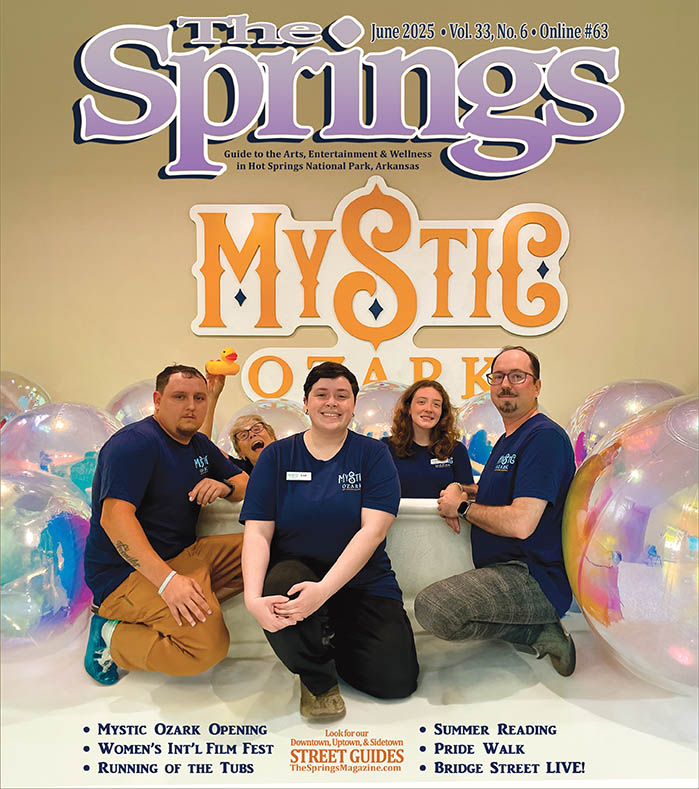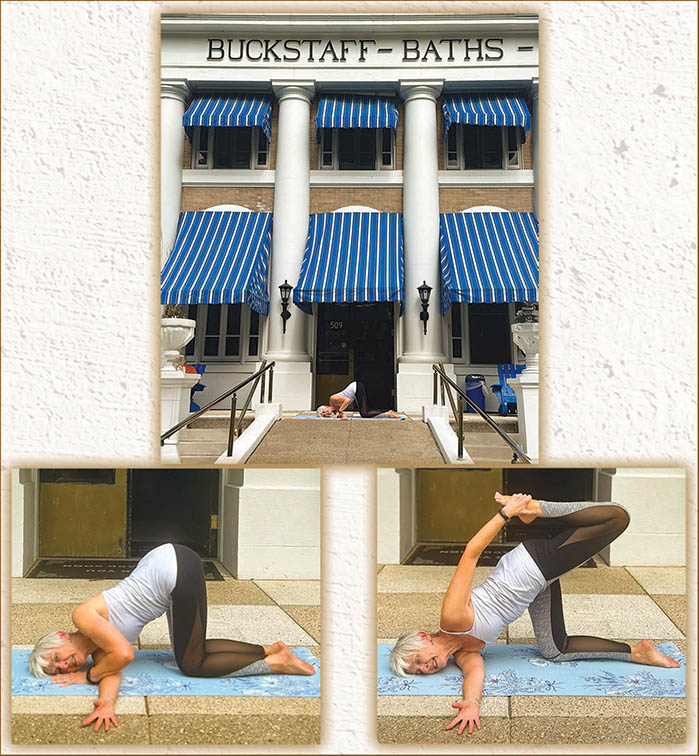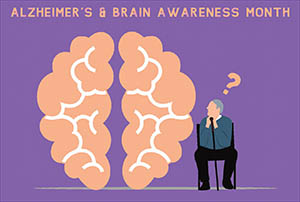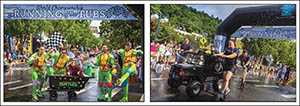West Mountain makes a nice backdrop for Karen Watson Reeves to demonstrate Locust Pose. Photo by Fred Padilla.
By Karen Watson Reeves
Locust Pose is considered to be one of the backbends that is accessible to all yogis. But because it is more attainable does not mean there are fewer benefits. In fact, Locust Pose strengthens the entire backside of the body, from the base of the neck to the backs of the heels. This backbend is a shallow one; it is not about lifting as high as possible, so that makes it one of the safest to practice.
Other benefits of Locust Pose include:
- Strengthening the core, as it does take quite a bit of effort to lift off the floor and stay for a few breaths.
- Opening the chest and actively extending the spine while protecting the lumbar curve.
- Activating the glutes, adductors, hamstrings, and calves.
- Toning abdominal organs such as the kidneys, liver, and spleen.
- Energizing for the entire body.
Locust Pose can be incorporated in the sun salutations in the place of Cobra Pose, or it can be practiced in a few rounds on its own (actively coming in and out of the pose).
The insect known as a locust hops around and can be quite pesky, often devouring everything in its path. The Sanskrit name for the pose, salabhasana, means locust, and this pose is said to resemble a locust or grasshopper at rest. It feels really good to rest after several breaths of Locust Pose. Try following it with a Child’s Pose.
Karen Watson Reeves has called Hot Springs home since 2006. Owner of The Yoga Place, at 301 Whittington Avenue, she became a registered yoga/children’s yoga teacher in 2011. She is on the Hot Springs YMCA teaching staff and is an adjunct instructor at National Park College. When not on the mat, Karen enjoys the beautiful outdoors of the National Park, especially from her bicycle. For more information about her studio and for her schedule of classes, visit www.theyogaplacehs.com.









